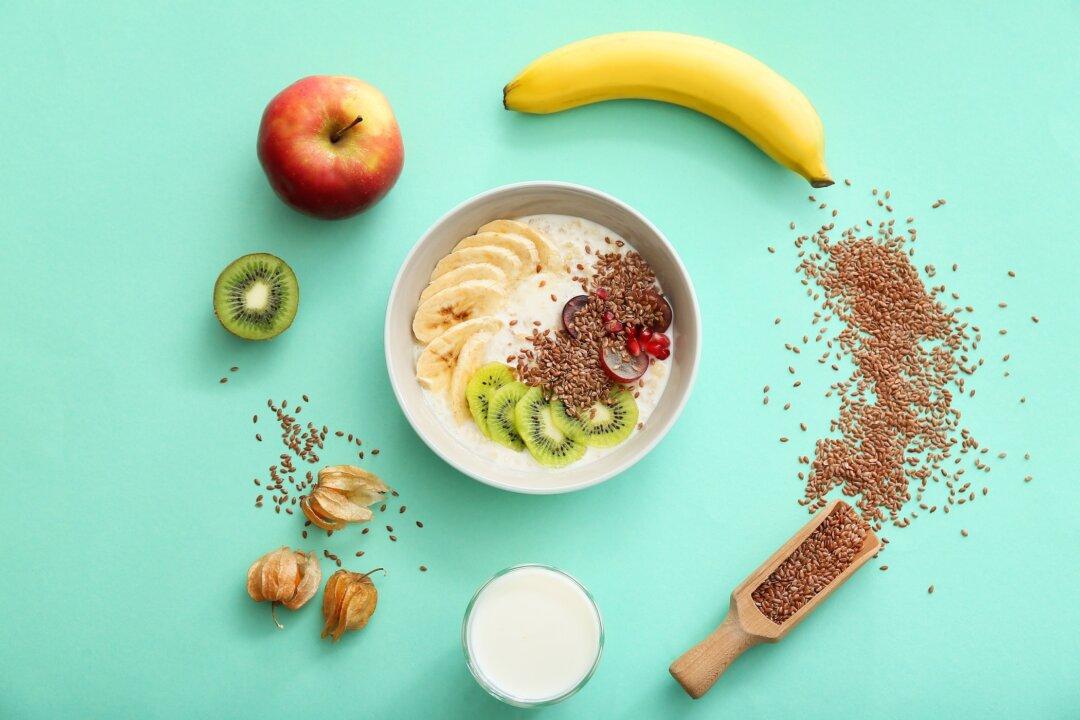Strokes are the second most common cause of death worldwide. Moreover, stroke is a leading cause of disability and so preventing strokes in the first place—what’s called primary prevention—should therefore, be a key public health priority.
Today it is generally believed that eating lots of fiber helps prevent obesity, diabetes, and cardiovascular diseases such as stroke. All the best observational studies to date found that fiber appears to significantly protect against the risk of stroke. Different strokes for different folks, depending, evidently, on how much fiber they ate.
One extra apple a day might translate to meaningful differences in arterial stiffness in adulthood
Michael Greger, MD, FACLM, is a physician, New York Times bestselling author, and internationally recognized professional speaker on a number of important public health issues. He has lectured at the Conference on World Affairs, the National Institutes of Health, and the International Bird Flu Summit, testified before Congress, appeared on “The Dr. Oz Show” and “The Colbert Report,” and was invited as an expert witness in defense of Oprah Winfrey at the infamous “meat defamation” trial. This article was originally published on NutritionFacts.org
Author’s Selected Articles






